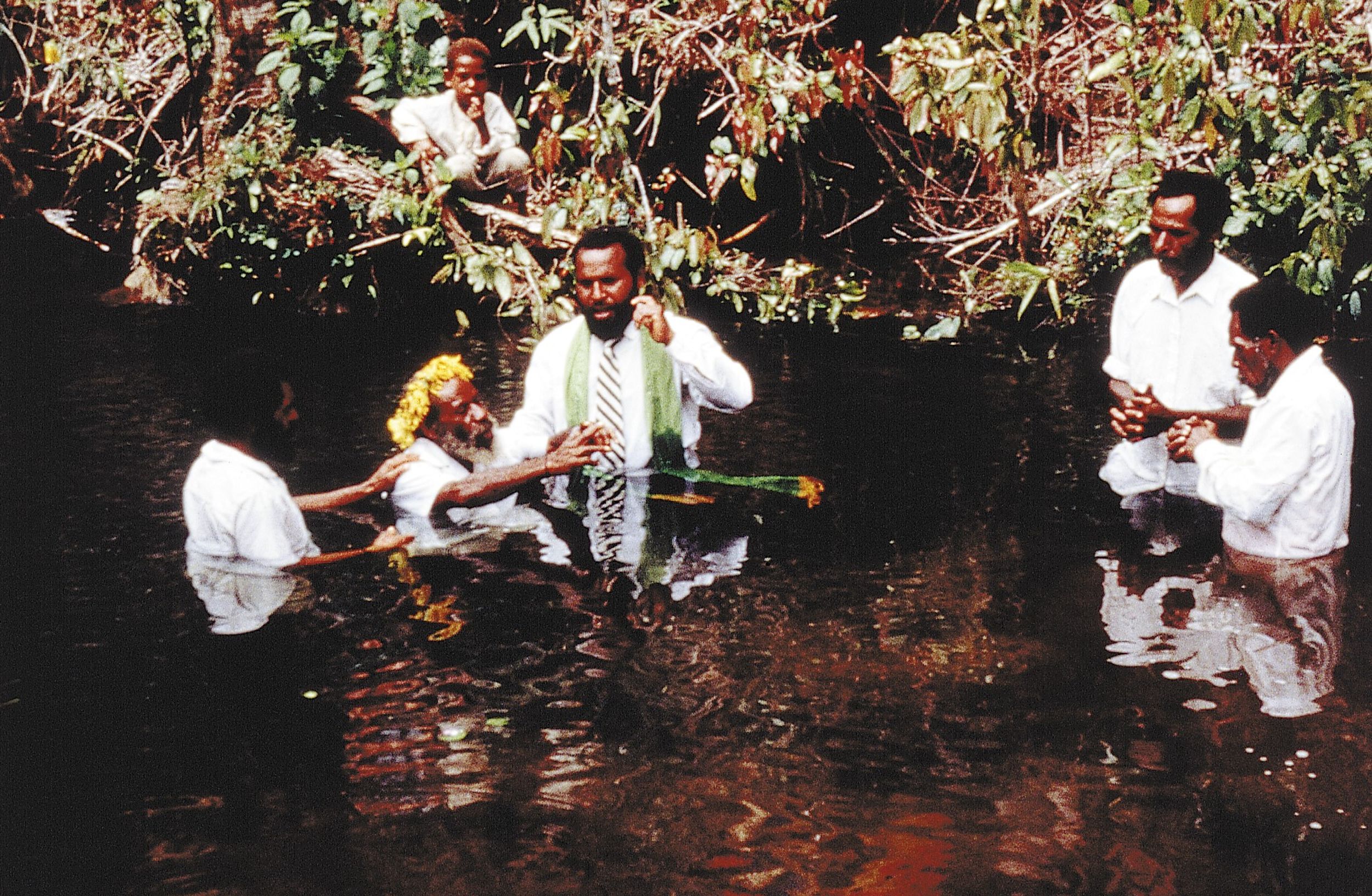
Christ Comes to the Papuans
The Huli tribe is one of the largest of the 950 tribes of Papua New Guinea. They live in one of the most remote parts of the island and saw the first white people, Methodist missionaries, arrive in 1955. Since then, these missionaries have had to compete with one hundred other churches to convert as many Papuans as possible. Although women see baptism as a way of enjoying a new recognition, this does not apply to men. For them, baptism means giving up polygamy, tribal warfare and most of their traditions. In CHRIST COMES TO THE PAPUANS, we follow the last weeks preceding the baptism of old Huli warriors, led by their chief Ghini, who has just destroyed the ancestral home to build a church in its place to prepare the baptism of the community. Like many other missionaries all over the country, pastor Salomon has just convinced the last opponents of conversion to Christianity by announcing the return of Christ, the Antichrist and the Apocalypse at the arrival of the new millennium. With gentle irony, CHRIST COMES TO THE PAPUANS reveals the divisions among the tribe, created by competing missionaries.